Mt. Gox Repayment Serves as Catalyst for BTC to Fall Below $60,000
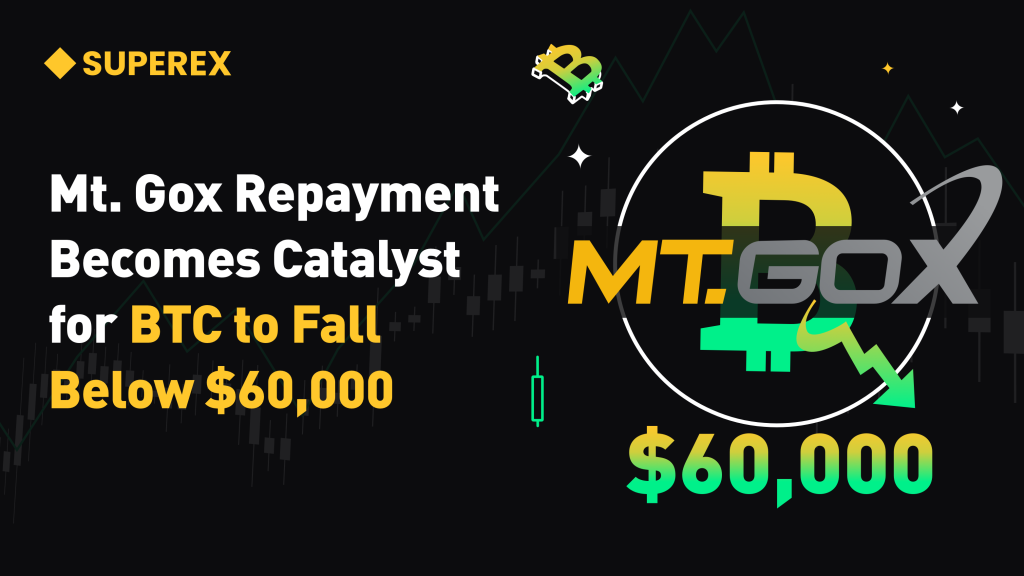
Since June, the price of Bitcoin has been in a downtrend, down nearly 18% in the second quarter of 2024, which makes hundreds of thousands of investors look forward to BTC back to $70,000 completely failed, from a technical point of view, 60,000 is the support level of BTC (you can see the technical analysis of the SuperEx Academy article for those who don’t know what is a support level), when the support level is broken, it It means that BTC is already in a downtrend, and if it wants to go higher again, it can only wait for the bottom structure to be recast, which means a longer price adjustment time.
- Click to register SuperEx
- Click to download the SuperEx APP
- Click to enter SuperEx CMC
- Click to enter SuperEx DAO Academy — Space
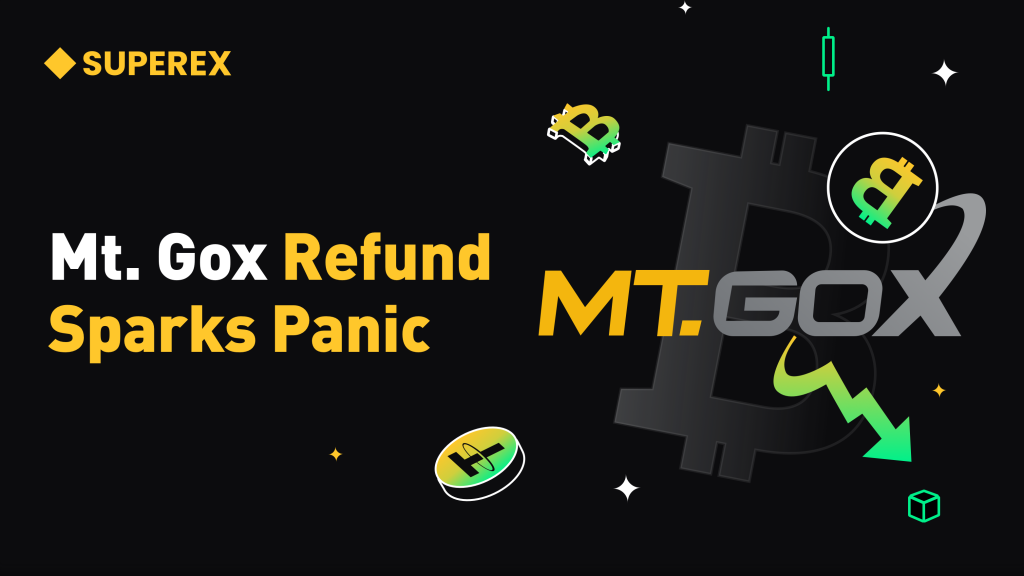
BTC continued to fall may be Mt. Gox repayment caused by the shock
Some market analysts believe that Bitcoin’s nearly month-long sustained decline, culminating in a drop below $60,000, may have been caused by the fact that Mt. Gox is set to repay its creditors’ assets in early July.
According to the “Notice of Commencement of Repayment Using Bitcoin and Bitcoin Cash” issued by Mt. Gox on June 24th, Mt. Gox has chosen the so-called “Early Lump Sum Payment (as described below)” repayment to take place between July 1st and October 31st, 2024, which will result in the supply and demand for BTC and BCH being reduced during this four-month period. This will result in a change in the supply/demand dynamics of BTC and BCH during this four-month period, and such an expectation has caused many institutions in the market to become bearish, such as on July 3, when Lookonchain posted that an unnamed whale of an institution deposited 1,723 bitcoins, valued at more than $168 million, into CoinShares over the past 24 hours, greatly contributing to the current breakout of BTC.
Mt. Gox Repayment Plan
Under the plan, Mt. Gox creditors will have the option to make small reductions in the underlying debt in order to get an “early” payout, often referred to as an “ELSP”, which is the preferred option for creditors who want to be certain of an upfront payment. The first choice. The other option is to stay the course and hope for further progress in asset recovery, while taking on risks that could affect the amount of repayment, such as the CoinLab litigation currently underway. Since the outcome of both issues is uncertain and there is no clear timeline, most creditors prefer to exit early.
Why the Mt. Gox Repayment Plan Will Cause BTC to Fall
The prevailing narrative is that early debt recovery has become the choice of most creditors, and once compensation is received, there will be a collective cashing out of the billions of dollars in repayments that will lead to an imbalance between supply and demand, further leading to a sell-off.
More importantly, such a prospect directly affects the expectations of the institutions in the market now, whether to avoid asset losses or follow the trend of shorting, seems to be the very right choice at present!
This is very scary, the crisis comes when smashing becomes the choice of the majority, as just mentioned on July 3rd, an unknown whale institution deposited 1,723 bitcoins worth more than $168 million into CoinShares in the past 24 hours, regardless of whether this institution is exiting or shorting, it is undeniable that this event has greatly contributed to this BTC breakout.
While such a prospect is certainly unsettling for the market, assessing whether it will actually have a significant impact will require closer analysis, but what is certain is that unless there is a massive liquidity bailout, it will take longer for BTC to adjust its price.


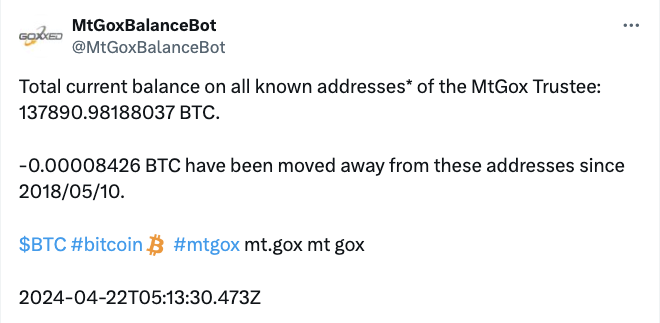
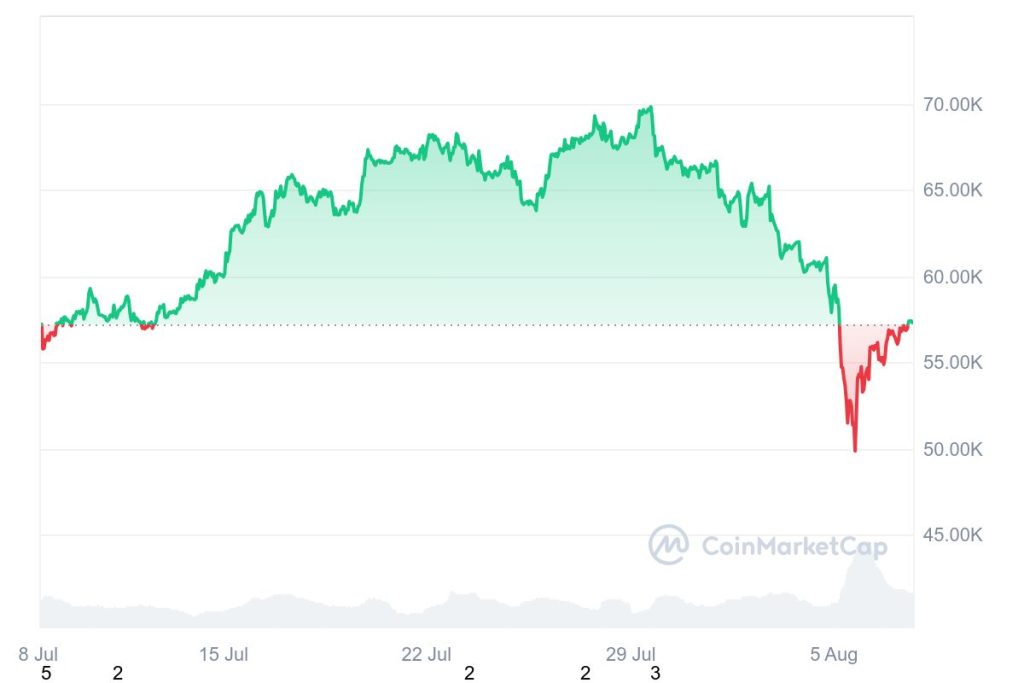
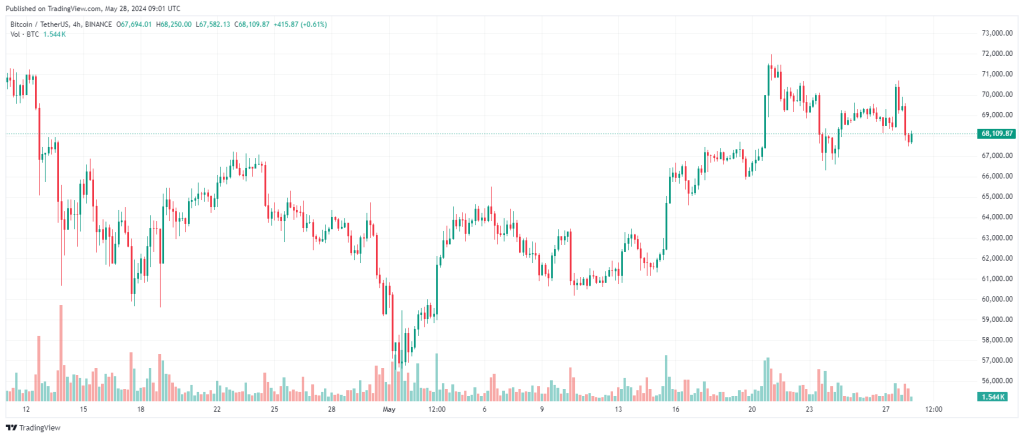
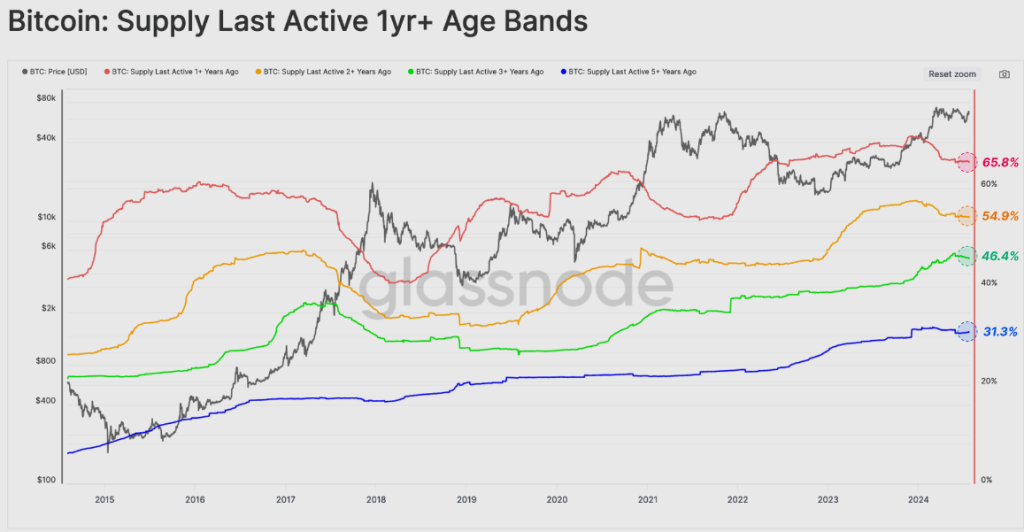
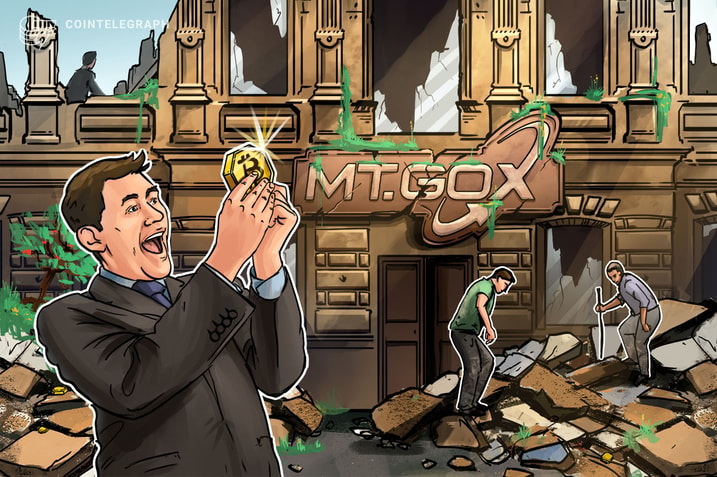
Responses